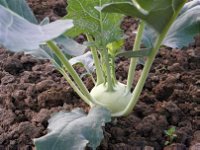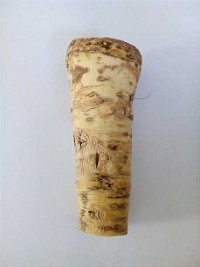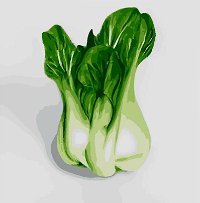
The Brassica Family Trivia Quiz
The brassica family includes a large variety of edible plants in the cabbage and mustard families. Can you match these photos to the common name of the plant?
This is a renovated/adopted version of an old quiz by author katiebeargirl
by rossian.
Estimated time: 3 mins.









